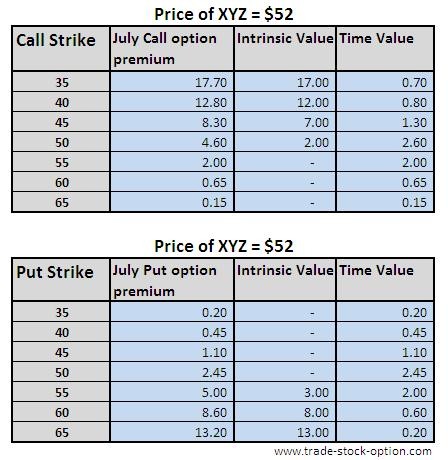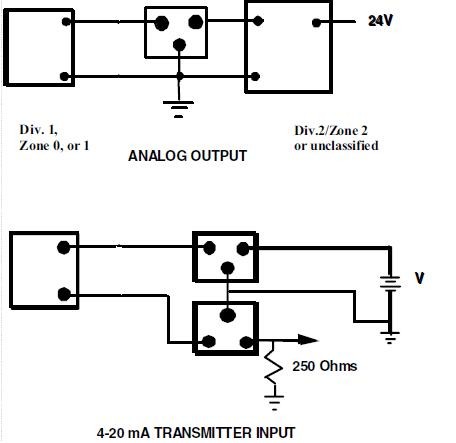PetSmart Opportunity To Invest In The Intrinsic Value That A Private Equity Buyer Is Getting In A
Post on: 5 Июнь, 2015 No Comment

Summary
- Under pressure to sell from activist JANA, management invited bids from private equity buyers that were willing to allow participation of long-time family office holder of 9%.
- An interested “industry participant” strategic buyer was excluded from bidding, and public shareholders were not offered the same opportunity as the 9% friendly holder to participate in buyout.
- As an alternative to the forced sale price, you can reserve rights to a marketable investment in the independently appraised intrinsic value, with interest at 5% over Fed discount rate.
The PetSmart buyout offer
PetSmart (NASDAQ:PETM ) has agreed to an $83.00 per share sale of the company to a group of investors led by BC Partners, a European buyout firm, with the participation of an existing 9% company shareholder Longview Asset Management. Although it is not clear from the company’s preliminary proxy statement whether the sale process was initiated in May 2014 by Longview as a prospective buyout participant or in July by the activist JANA to profit from its newly acquired 9.7% holding, both investors achieved their objectives with the resulting gain in immediately realizable stock price and the opportunity Longview had stated it wanted for private equity participation in a buyout to realize the company’s long-term intrinsic value. Notably, management determined not to invite an Industry Participant to participate in the sale process, in spite of repeated expressions of interest. (See Background of the Merger, pages 21-26; PDF pages 28-33, in the January 13, 2015, PetSmart, Inc. SEC Form PREM14A Preliminary Proxy Statement .) No unaffiliated shareholders other than Longview were offered the opportunity to participate in the buyout.
Since the buyer is a professional private equity investor with access to inside information, we can assume they have determined that PetSmart’s intrinsic value is more than the $83.00 per share they have offered to pay for it. Their analysis will also have been tested on professionally objective lenders. You will of course want to perform your own analysis, but these informed decisions suggest that there is likely to be a meaningful spread between what the buyers are paying and the value they are getting.
Alternative for public investor realization of intrinsic value
While you may not have been invited to participate directly in the private equity investment, public shareholders can effectively realize the same intrinsic value by reserving appraisal rights as an alternative to the offered buyout price. The process, summarized below, allows you to get a payment based on an independent appraisal of intrinsic value, plus accrual of interest at 5% over the Fed discount rate. If reserved, the right can be withdrawn at any time until 60 days after the effective date of merger, so it can be treated as essentially an option to consider valuation alternatives until more information is available.
It should be noted that appraisal rights have long been considered a good theory but a very impractical investment, since the process involved considerable costs and other burdens. Recent adaptations stimulated by interest in the 2013 Dell buyout, however, allow both regulated funds and individual investors to make marketable investments in appraisal rights that can be conveniently managed and priced like any other portfolio holding. (See Appraised Value Rights | A Summary for Investors. )
Valuation Standards for Appraisal

In Delaware, where PetSmart is incorporated, the standard for valuation in appraisal cases is essentially the same intrinsic value that was defined by Graham and Dodd. Judges can be expected to be as familiar with valuation issues as senior securities analysts, and will consider facts and analyses that would be relevant to marketplace investors for an evaluation of the standalone company as of the effective date of merger. Only the value of the standalone company is considered, and any value attributable to the merger transaction such as synergies from a combination of two businesses will be excluded from the valuation. Conditions, strategies and plans known at the time of the effective date are relevant, but changes that occur after that date are not. And the rules very explicitly require the valuation to be independent of the buyout pricing, just as Benjamin Graham distinguished intrinsic value from the price set by Mr. Market. This standard for appraisal valuation has been called a value investor’s dream come true, focusing purely on the difference between a market-priced bid and a company’s intrinsic value at a set point in time, with access to all relevant information about conditions and with no need to speculate about future changes.
With these standards for valuation, it will not be surprising that there have been no Delaware cases in the past 20 years in which the court determined that the value of a standalone buyout — a sale to a non-strategic buyer such as the PetSmart sale to a private equity investor — was less than the offer price. As noted above, it would obviously be very difficult for a private equity investor to explain to a judge — or to its limited partners or lenders — that it had knowingly paid more for a company than its intrinsic value.
An observation that you may view as either positive or negative, depending on whether you are attracted to market inefficiencies or discouraged by them, is that there is considerable confusion about appraisal valuation standards even among supposed experts. A frequently observed example is a failure to distinguish the appraisal right to fair value — based on intrinsic value rather than market pricing — from the corporate director’s fiduciary duty to assure fair process in the pricing of an offer. Good or bad conduct has no relevance in an appraisal case — there is no need to establish that anyone breached duties or otherwise acted improperly. While arguments about unfair processes may of course influence attitudes in an appraisal, neither the price nor the way it was established should be considered relevant to the company’s intrinsic value.
(For the legal analysis of Delaware appraisal cases since 1983 on which this summary is based, see September 10, 2013 Forum Report: Court Rules for Appraisal: Fair Value = Intrinsic Value .)
Procedural Requirements
If you believe that a marketable investment in PetSmart appraisal rights may be worth more than the $83.00 per share offer price, you can reserve your right by presenting a written demand for appraisal prior to the vote on the proposed transaction. (The date of the special meeting has not yet been set, but if PetSmart follows typical timing it is likely to be scheduled some time in February or early March.) For Street name holders, you will have to instruct your broker or custodian to process the demand, and the back office coordination (usually with Depository Trust) can take more than 10 days. Specific procedural requirements are presented in sections of the company’s Preliminary Proxy statement (previously linked, here ) that can be found in its Table of Contents, and are likely to be the same in the definitive proxy statement. As indicated above and explained in detail in the proxy statement, you will be able to drop the appraisal rights by simply either selling your stock at any time prior to the effective date of the merger or withdrawing the demand to accept the offer price at any time until 60 days after that effective date.
Shareholders can secure appraisal rights directly, or can do so with Appraised Value Rights (AVR) Management to establish marketability of the investment and eliminate the need to engage legal counsel or fund the court proceedings. The Shareholder Forum has determined that the PetSmart buyout is suitable for AVR Management support (its most recent review is here ), and will of course provide administrative support of participants.
Invite valuation views and comments on process
Please offer your views of PetSmart’s intrinsic value. It will be useful to other SA subscribers, and possibly also to participants in the appraisal process.
Questions and comments about the appraisal rights process will of course also be welcomed.
Disclosure: The author has no positions in any stocks mentioned, and no plans to initiate any positions within the next 72 hours. (More. ) The author wrote this article themselves, and it expresses their own opinions. The author is not receiving compensation for it (other than from Seeking Alpha). The author has no business relationship with any company whose stock is mentioned in this article.














